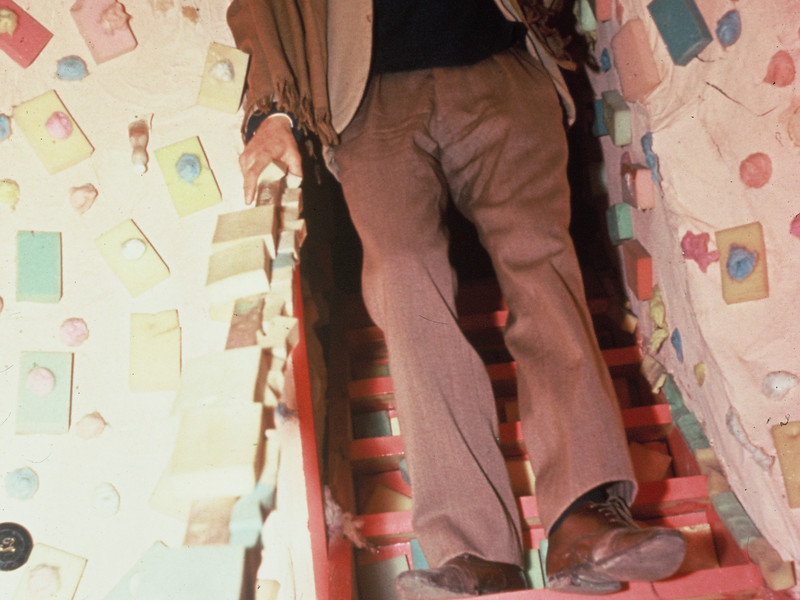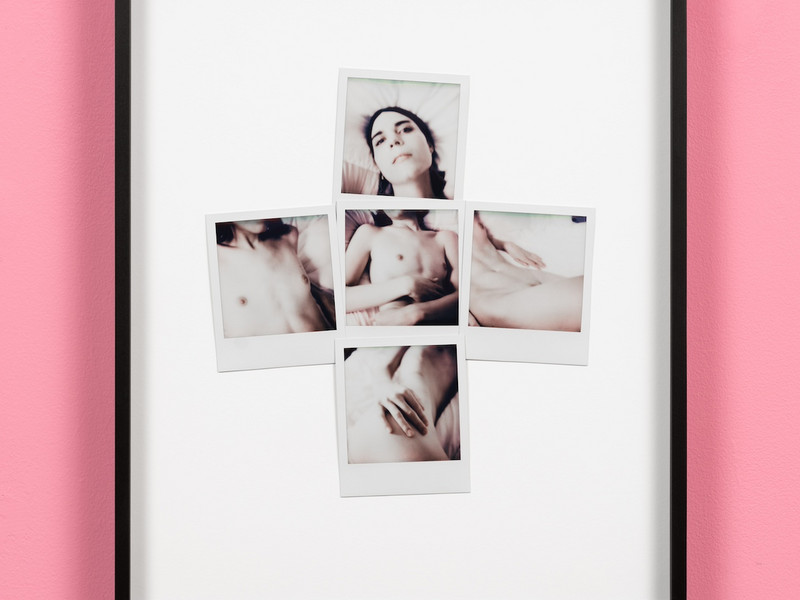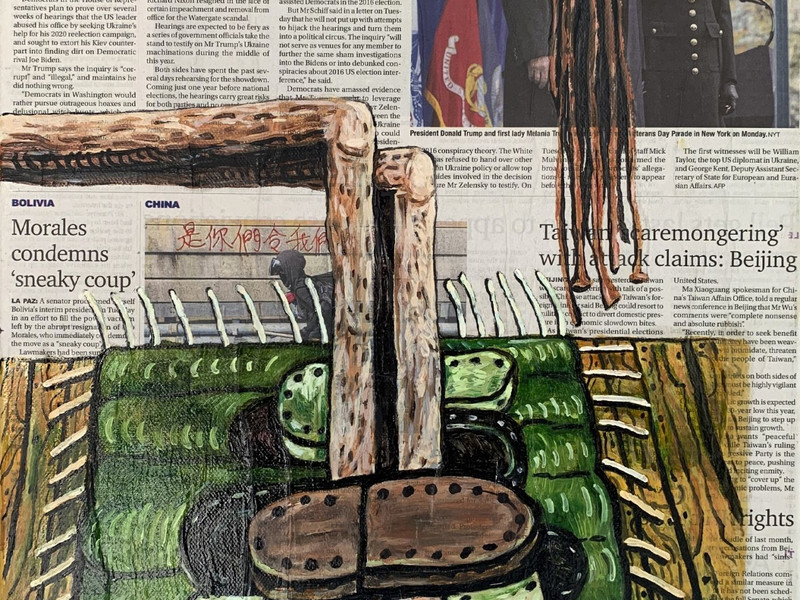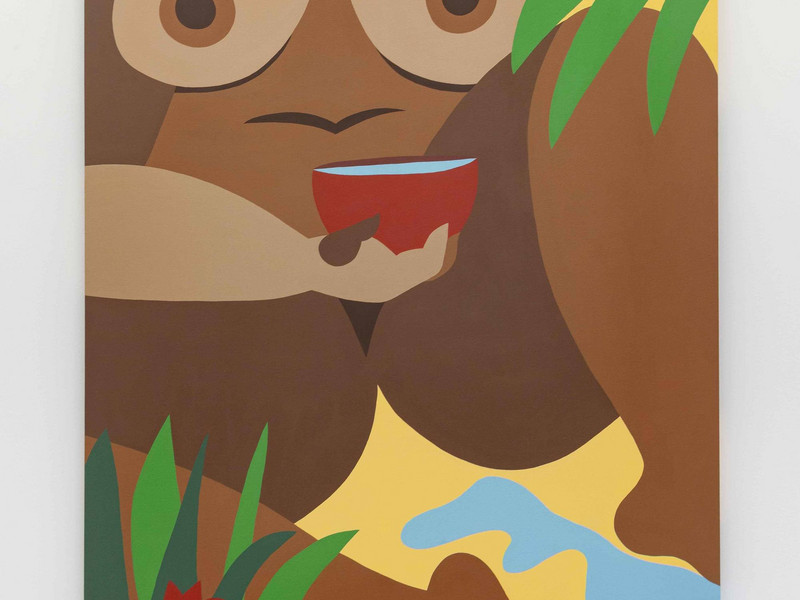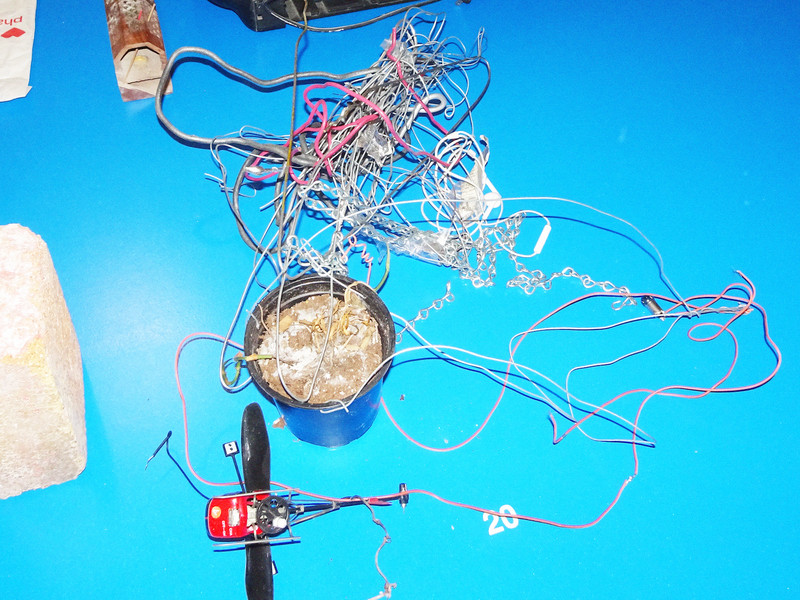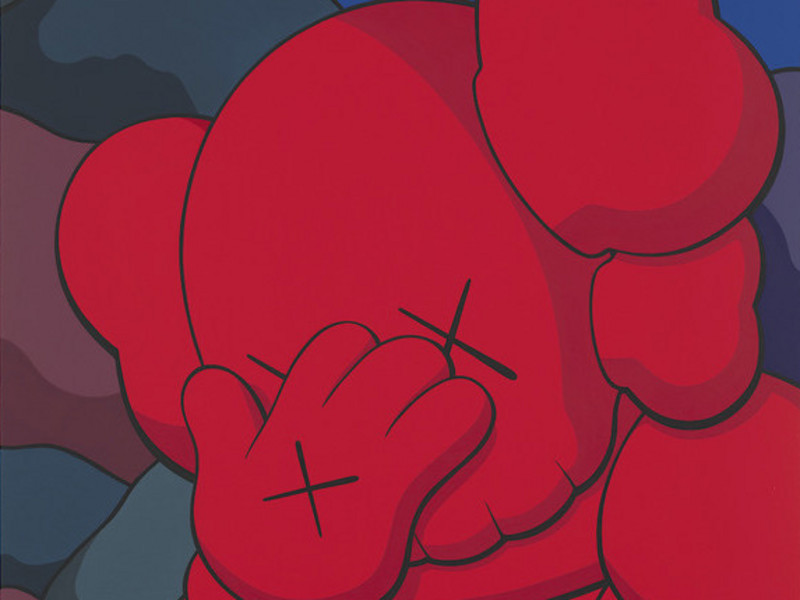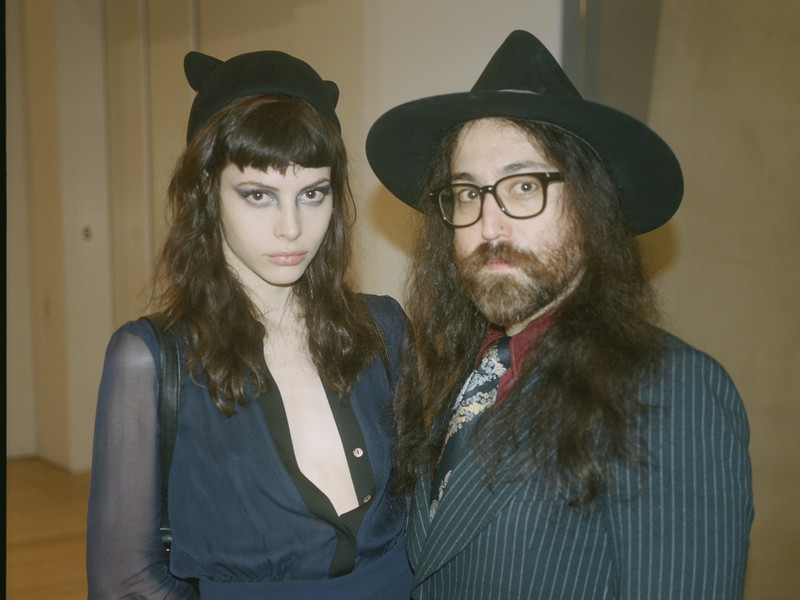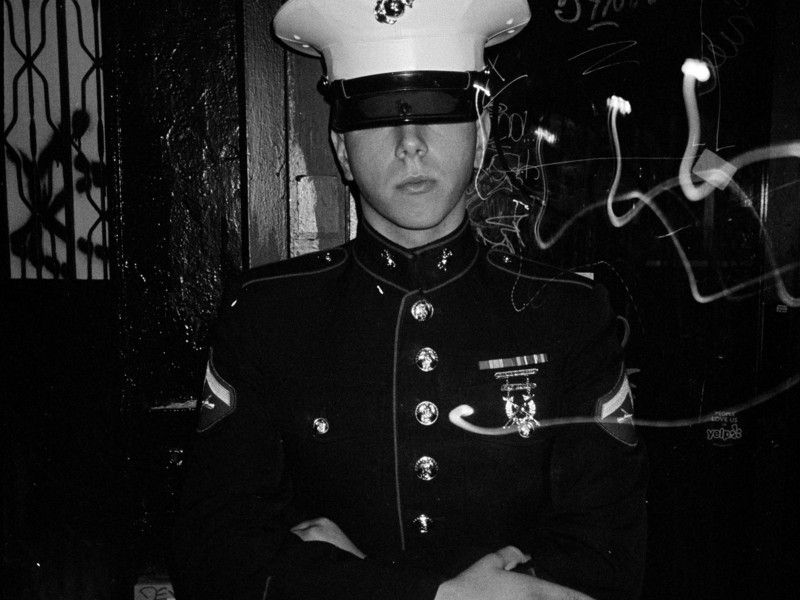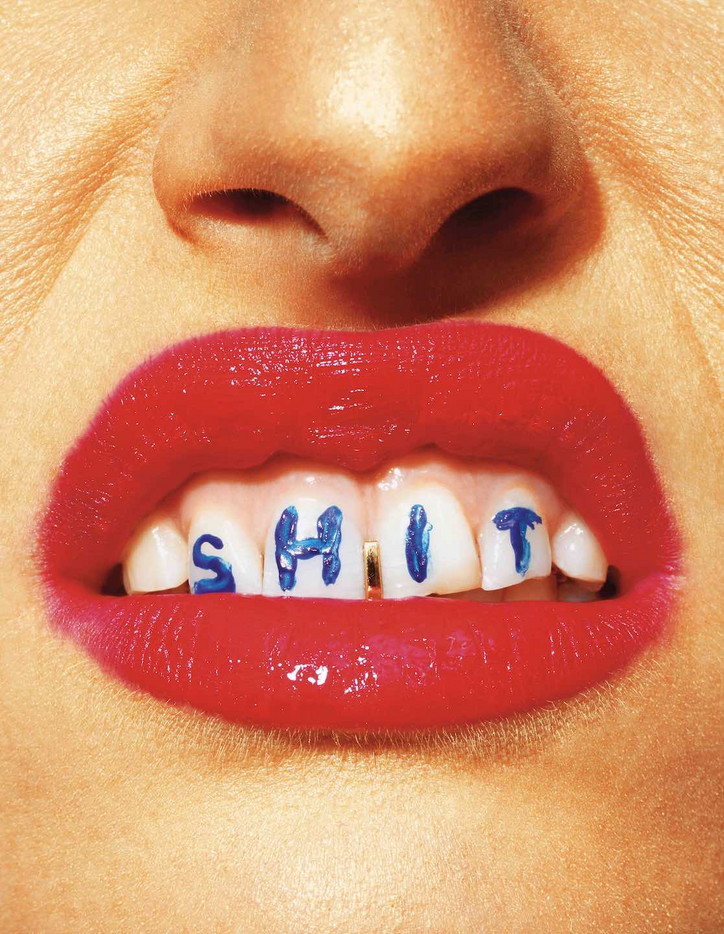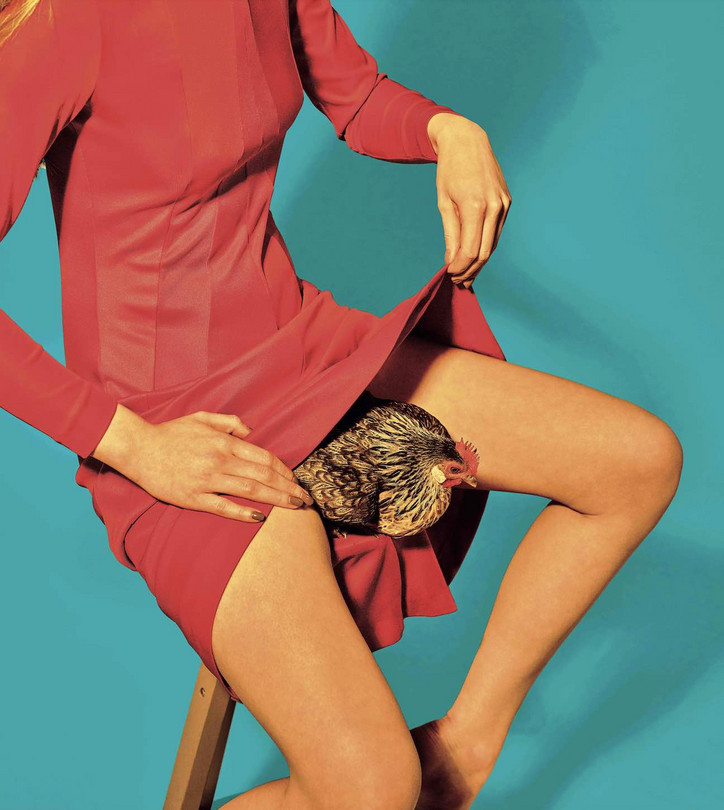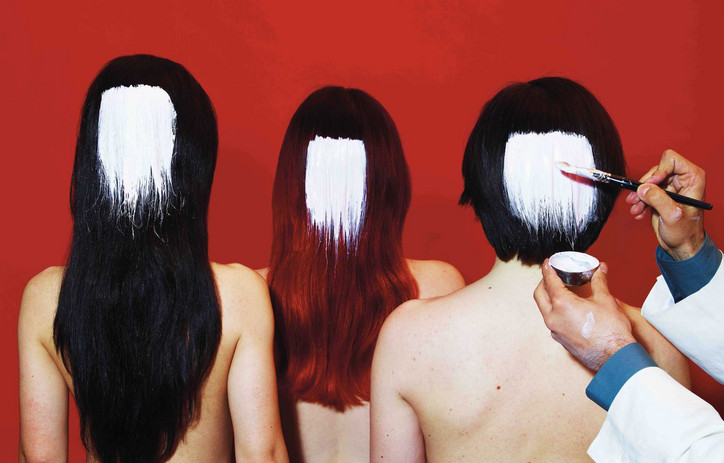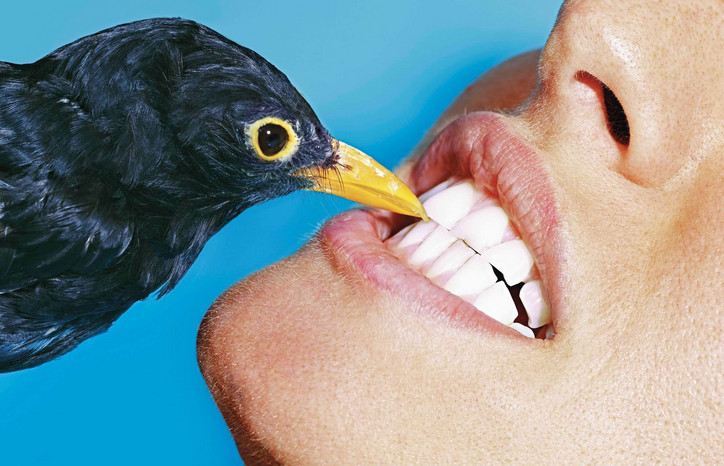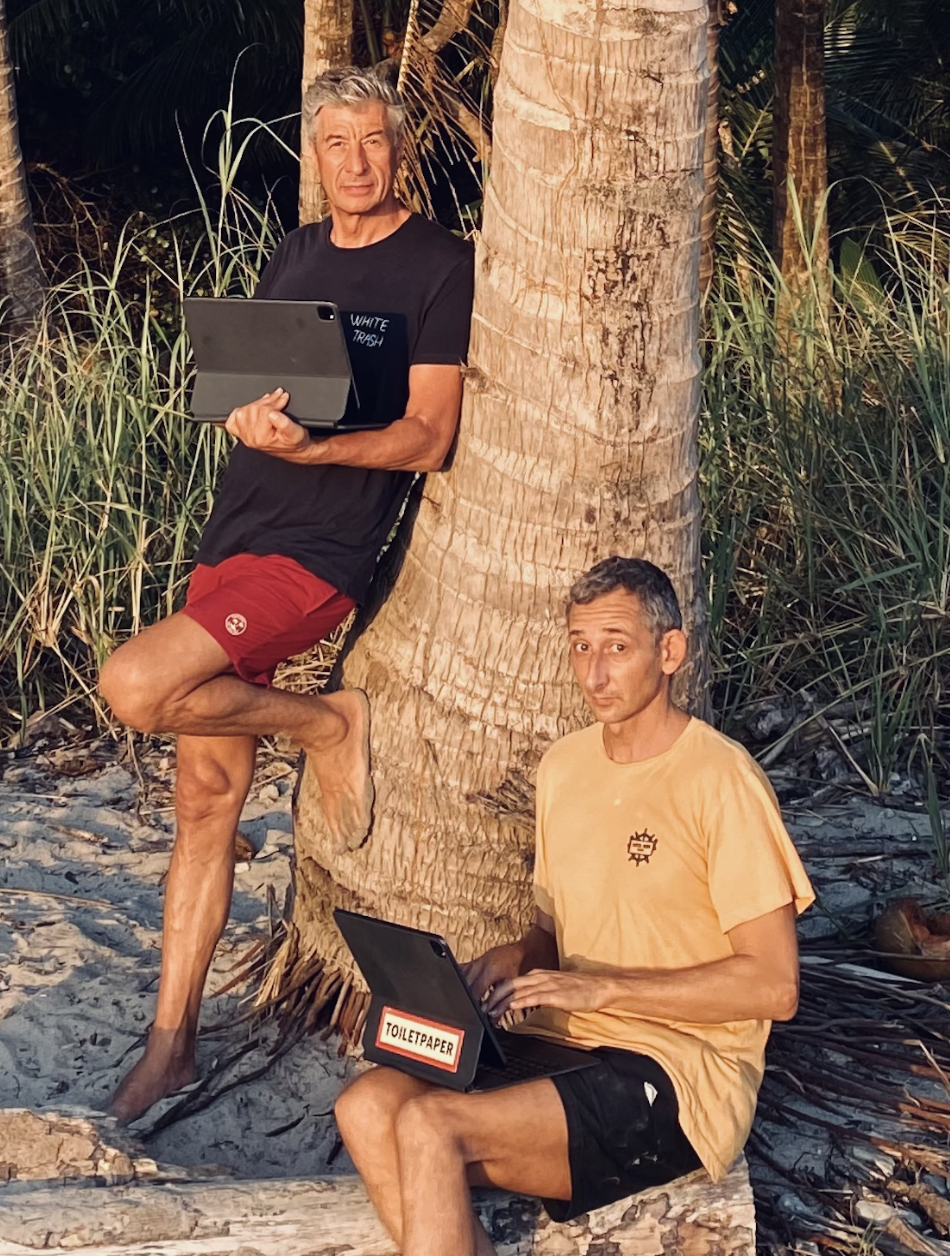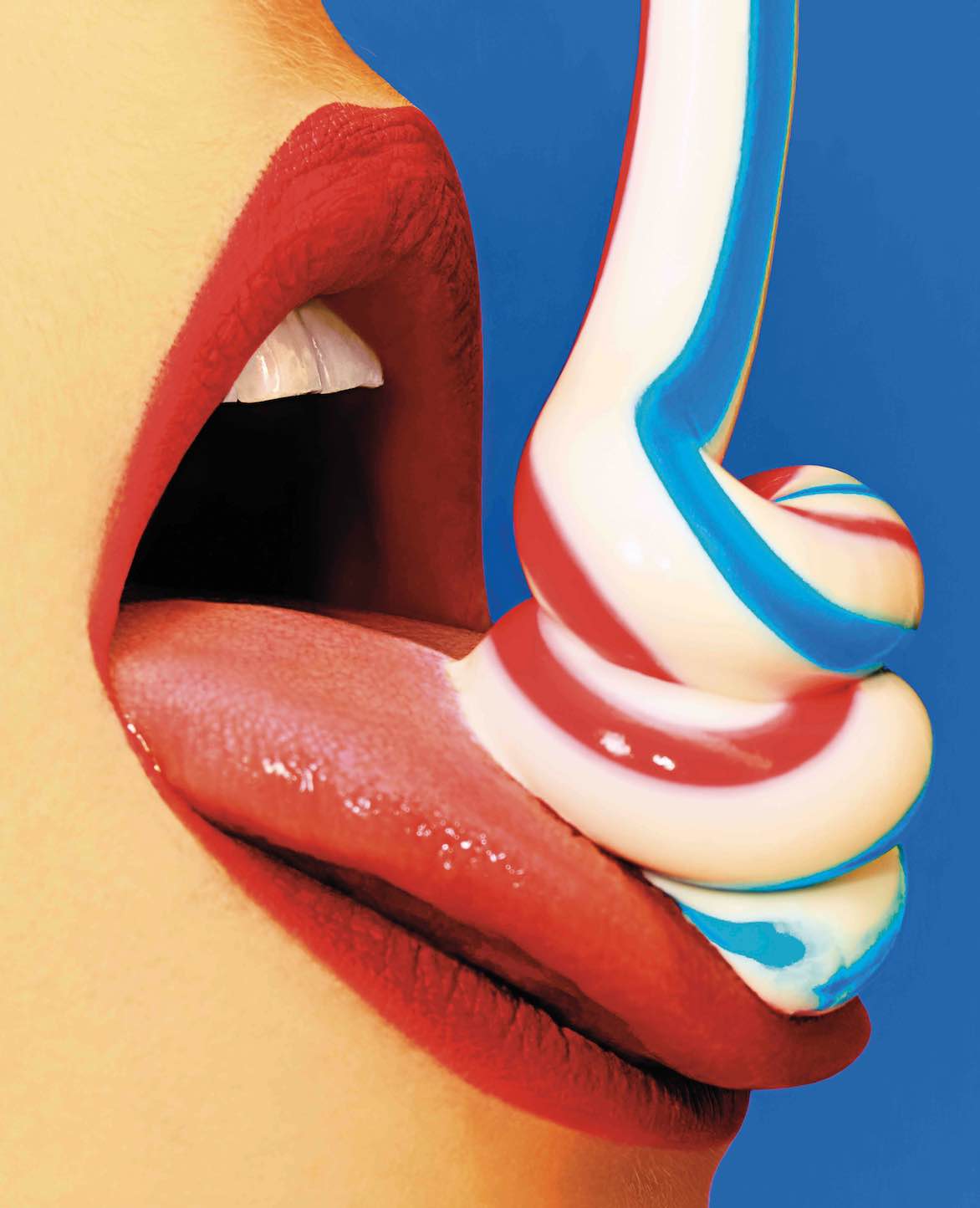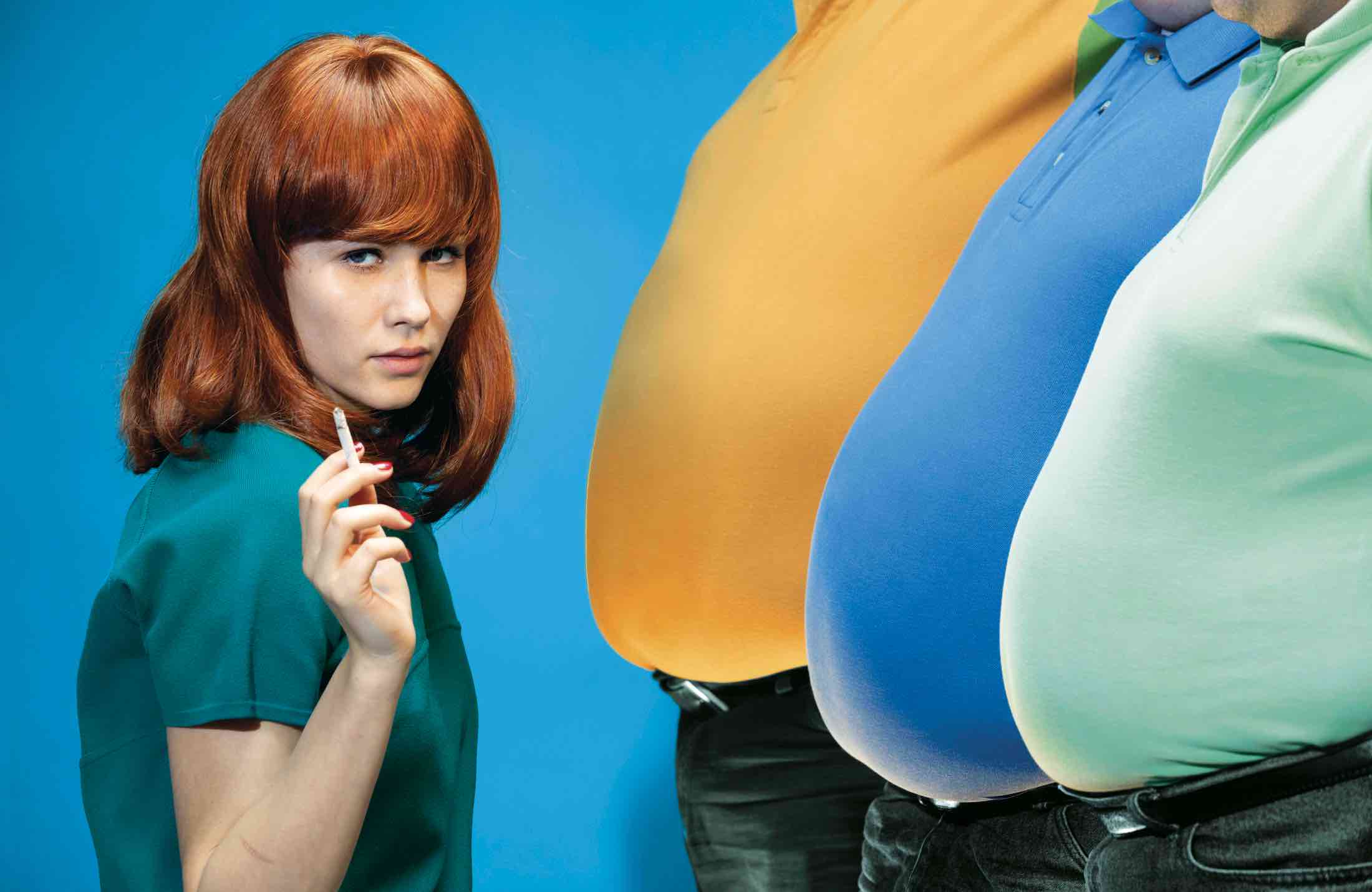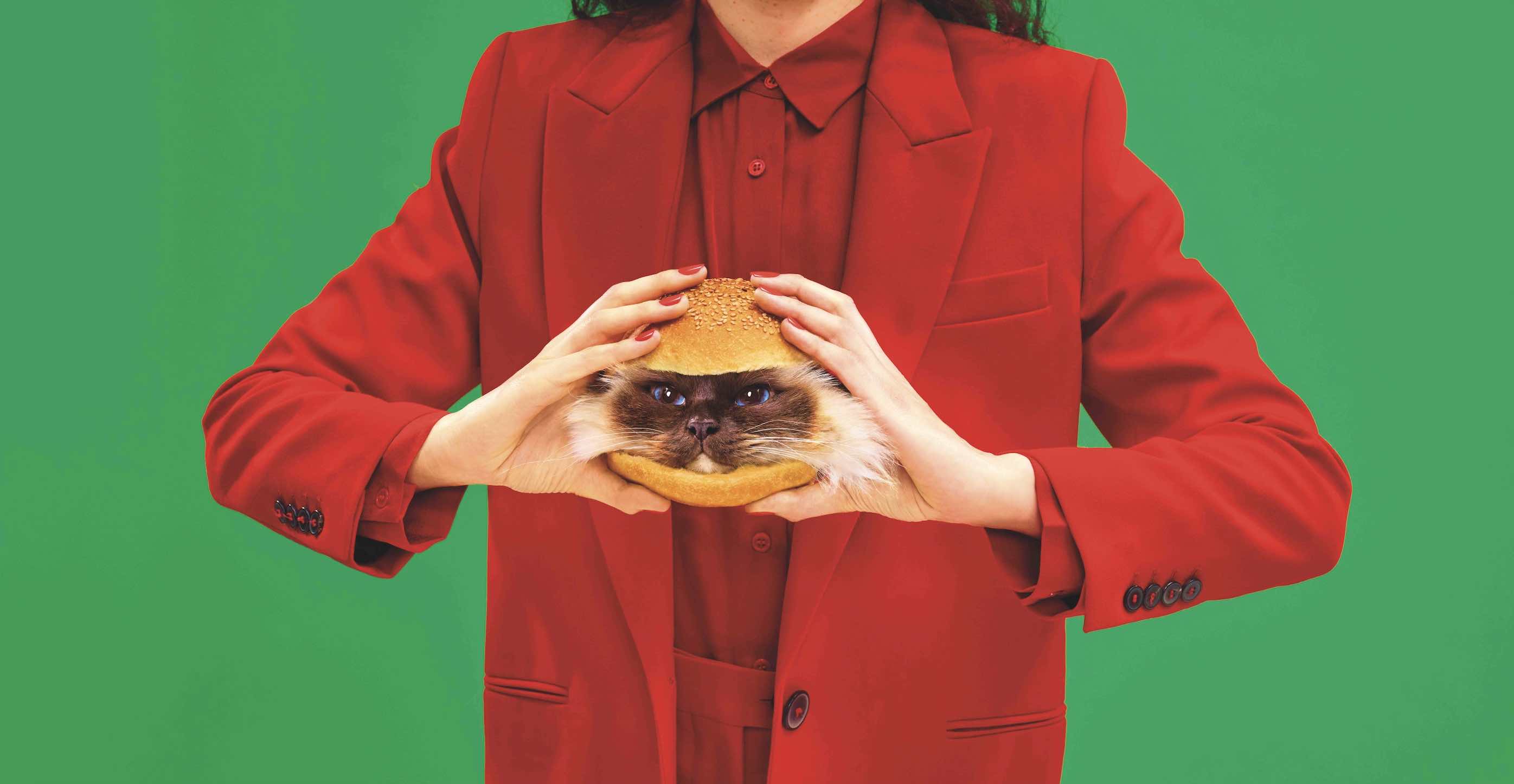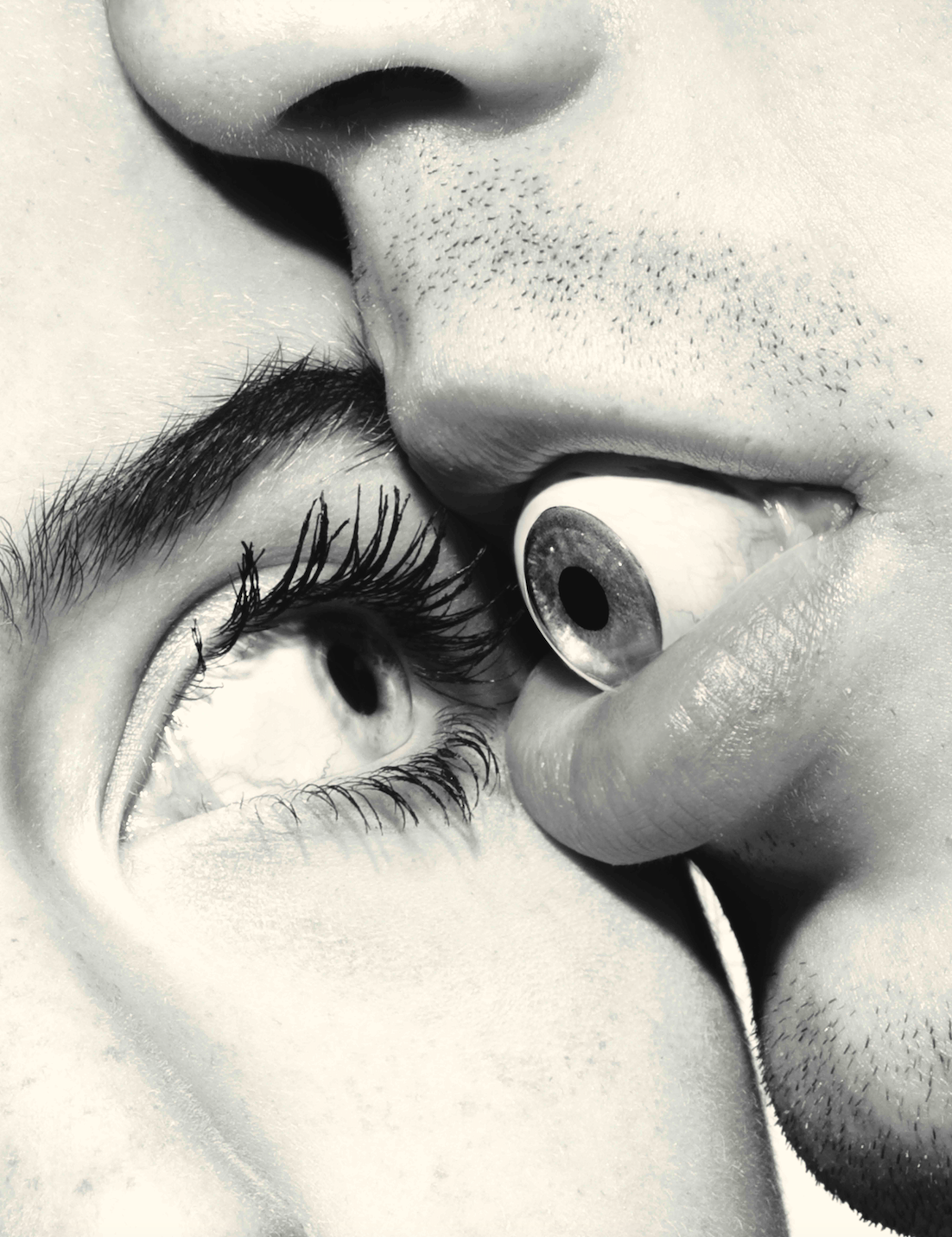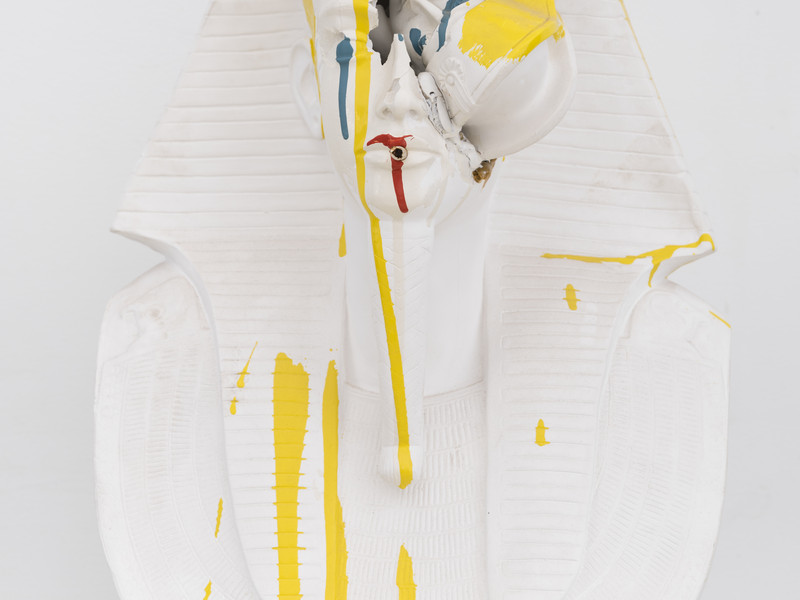Sacredness Is

Lena-Kuzmich CHIMERA, 2022, animation film and installation 9:30min.
The film has inspired many artists since its release nearly sixty years ago, and is currently serving as the basis for a new group exhibition, Sacro è, at the Fondazione Merz in Turin. Curated by Giulia Turconi and featuring work by artists Tiphaine Calmettes, Matilde Cassani, Giuseppe Di Liberto, Lena Kuzmich, Quỳnh Lâm, Tommy Malekoff, Lorenzo Montinaro, and GianMarco Porru, the show investigates the concept of sacredness as found in everyday things. Like Stamp’s character, the exhibiting artists seek to expose the potential for transformation and spiritual reinvention within the quotidian, and achieve this through works spanning performance, installation, sculpture, painting, and video.
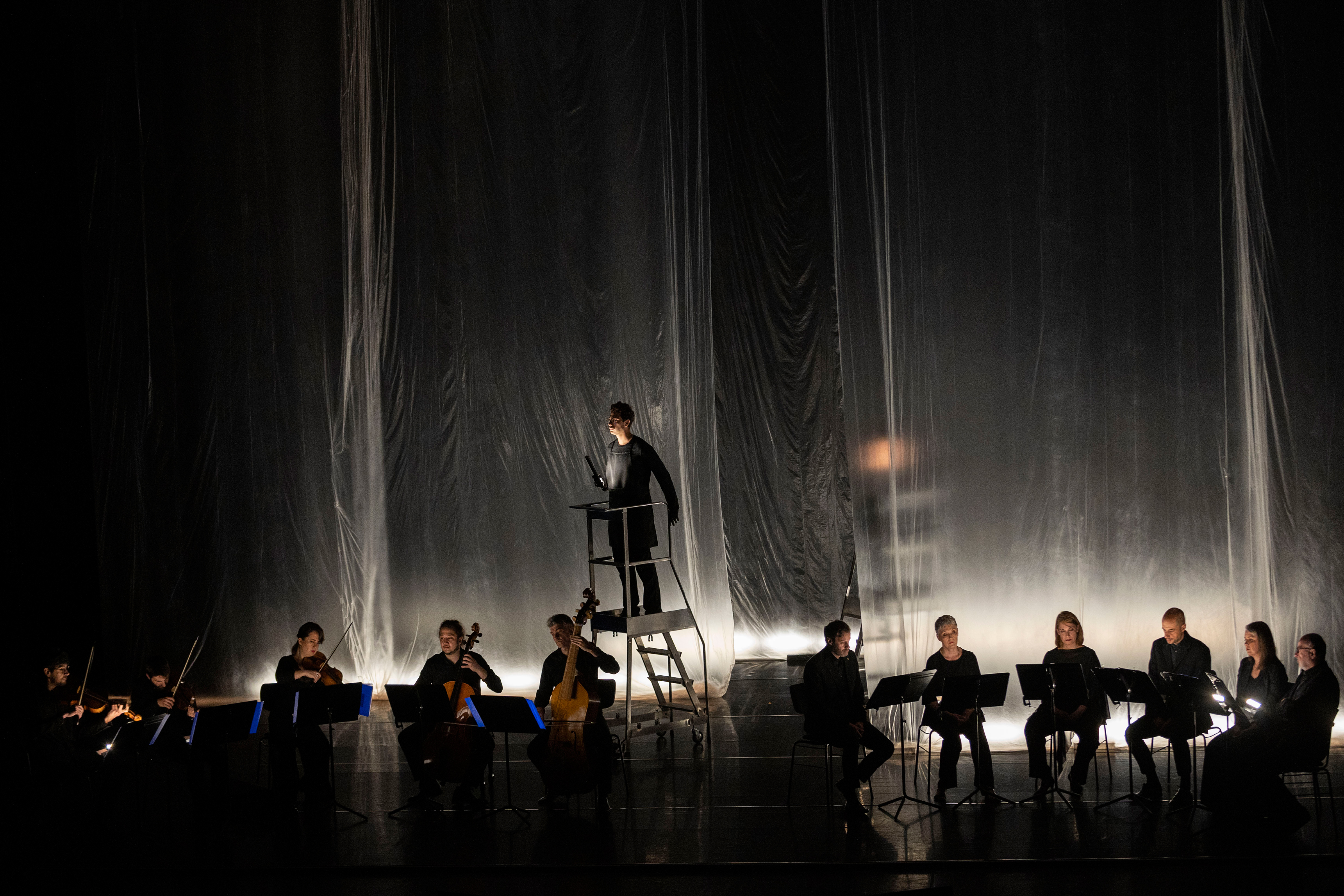
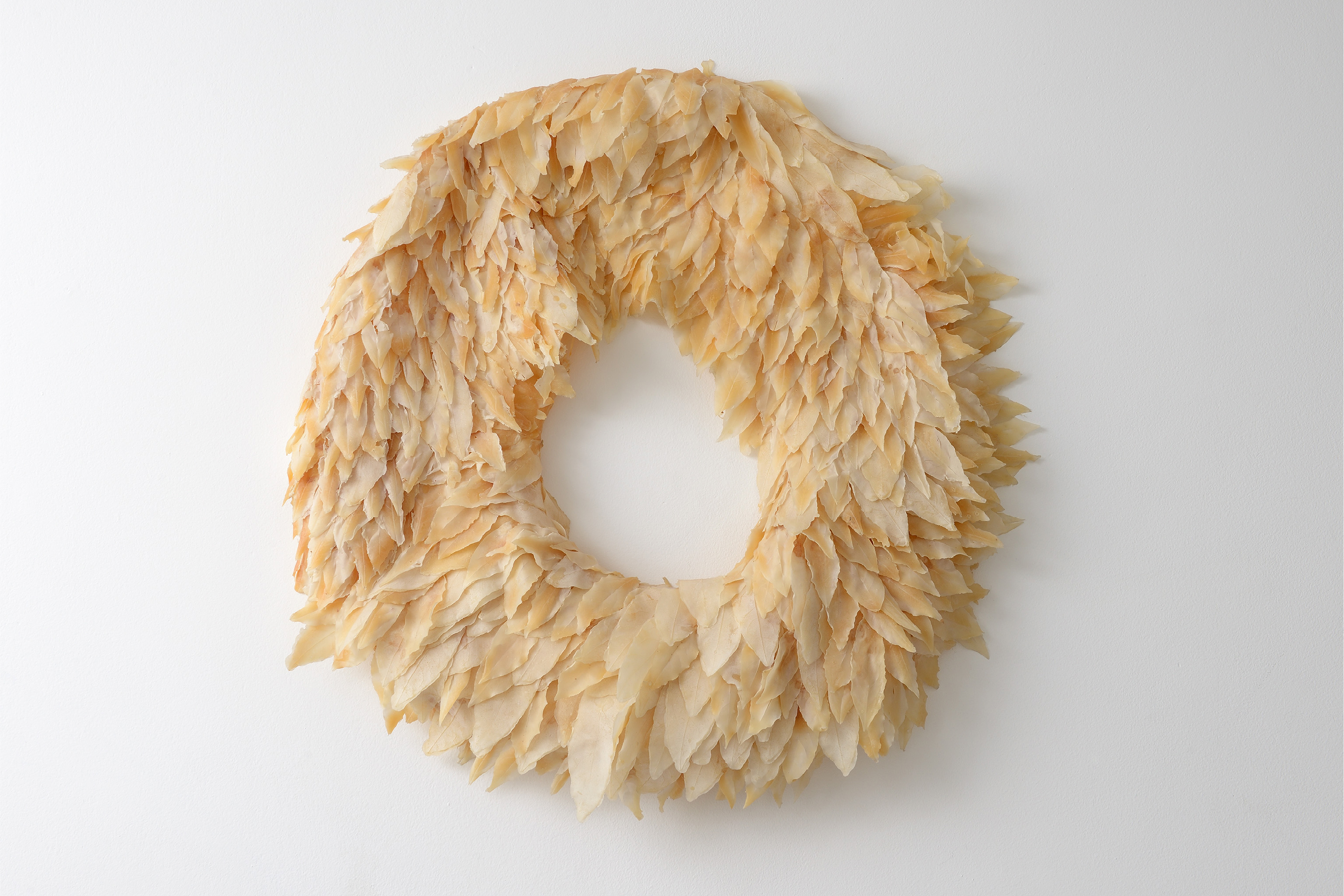
Giuseppe Di Liberto, Ghirlanda, 2020. Courtesy the artist.
The exhibition’s opening coincided with a live performance by the artist Giuseppe Di Liberto on the evening of March 18th, 2024. The production, Sparge la morte (2022), was originally performed by Di Liberto and his brother Davide two years ago, and features music by the madrigal composer Carl Gesualdo. Inspired by a walk the brothers took in a cemetery in Naples, the piece’s choreography mimics the traditional death ritual of sin eating. Popular in border regions in the 18th and 19th centuries, sin eating involved the ceremonial eating and drinking in the presence of a corpse, and was believed to absolve the deceased of their wrongdoings.
The performance immediately set the tone for the rest of the exhibition with its stark portrayal of the extremes of life and death, ascension and degradation. As Gesualdo’s score resounded from behind a curtain, the brothers stalked up and down the Fondazione Merz’s spacious front room, retracing their steps in an obsessive trance and glancing out at the viewers as though from beyond the grave. Here, the fraternal aspect added an even more ominous edge to the already dark happenings: at times, it seemed that each brother might overcome the other entirely — and the audience as well. When the performance was over, the two hugged; still, a suggestion of danger and the possibility for a potential devouring lingered in the air.
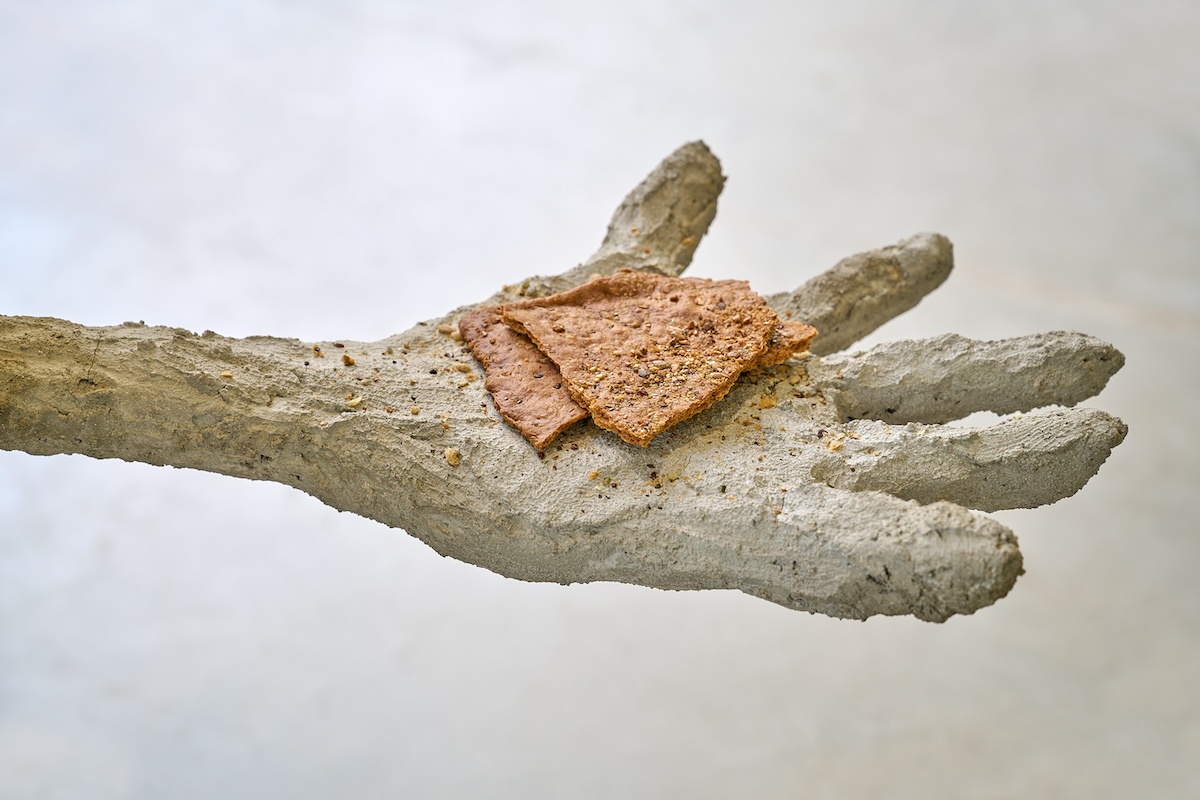
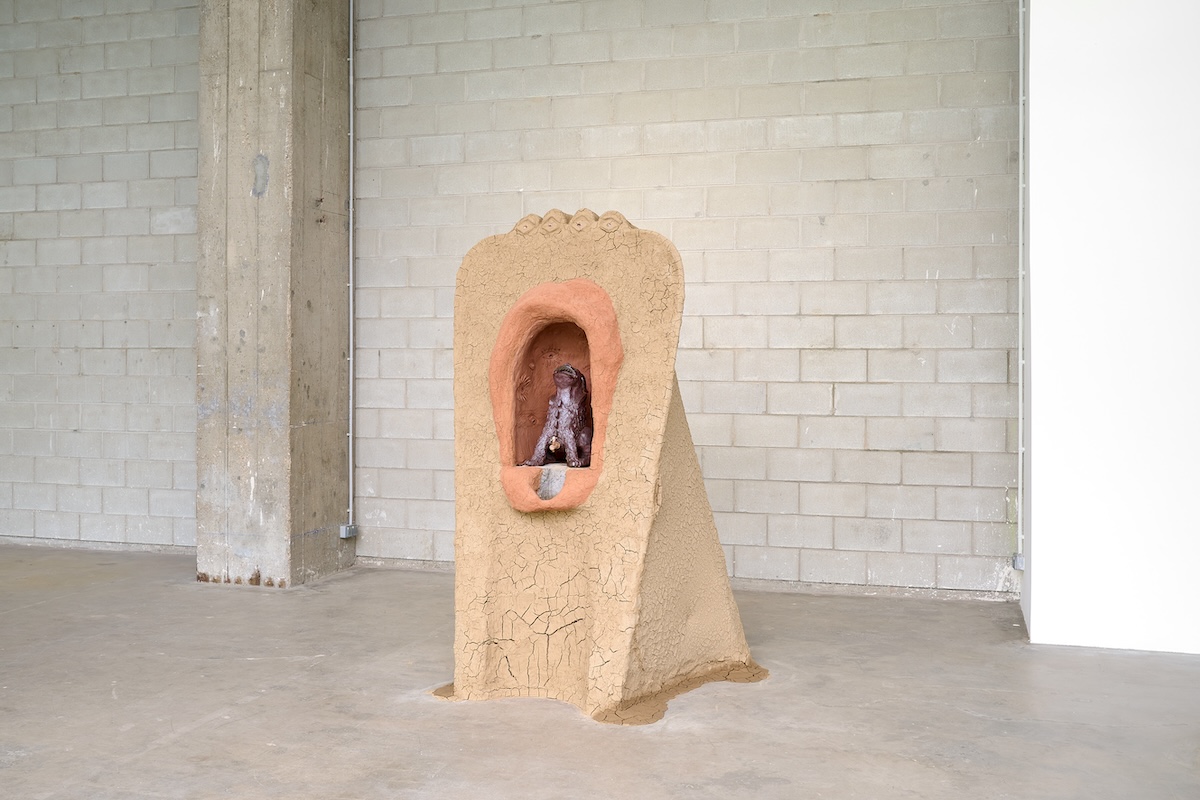
Tiphaine Calmettes Hutte à mains, 2022. Photo Pierre Antoine.
Tiphaine Calmettes Ménhir à alcôve, 2022. Photo Pierre Antoine.
Echoing the themes of consumption and imbibing present in Di Liberto’s work, the French artist Tiphaine Calmettes presents Primordial Soup (2022), a clay and earth sculpture that doubles as a cauldron. Inside the cauldron is a vat of hot, blood-colored soup available for spectators to sample. In an exhibit inspired by a film that was condemned by the Vatican and led its director to be charged with indecency (Pasolini was eventually acquitted), it is the most overtly sexual work: its materials pass directly from the artist to the lips and into organs of the spectator. If this erotic transfer were not enough, the cauldron resembles a Venus figurine, with exteriorally-hung ladles that call to mind pendulous breasts.
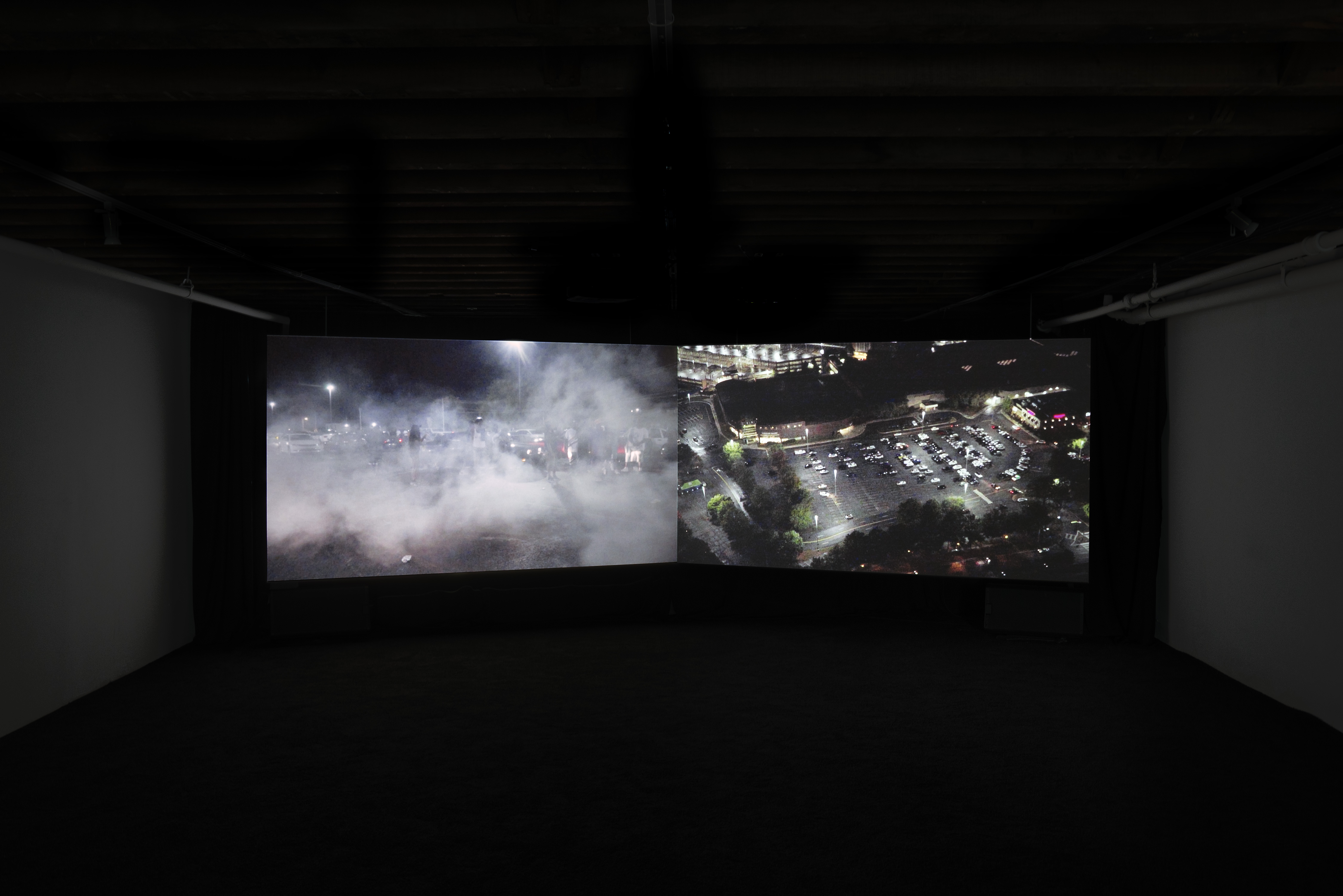
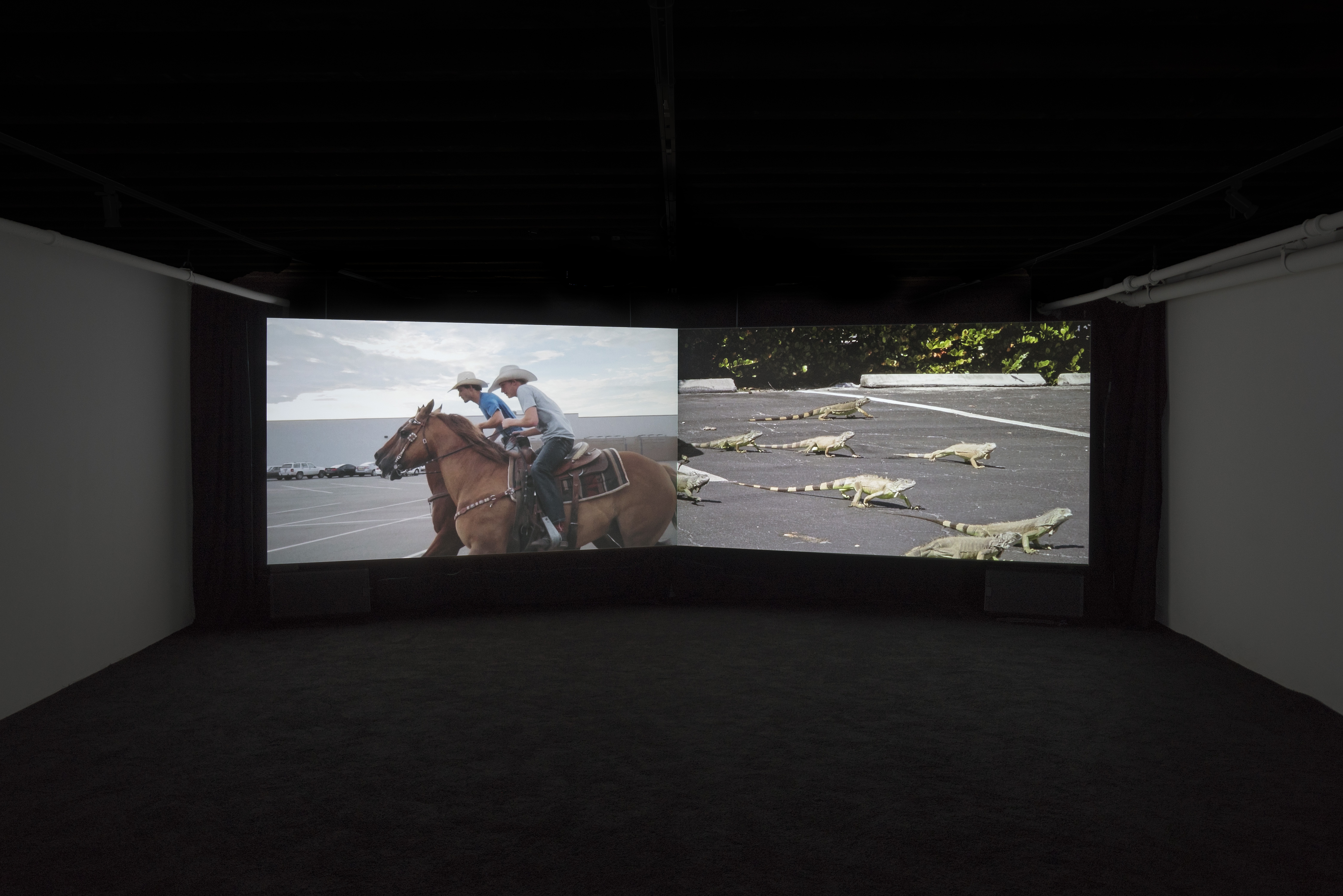
Tommy Malekoff Desire Lines, 2019. Two channel digital video and sound 15:42 min. Courtesy of the artist.
In a separate room, a video work by New-York based, American artist Tommy Malekoff, Desire Lines (2019), plays on an endless loop. Filmed across fourteen states between August 2017 and March 2019 on a handheld camcorder, the fifteen-minute film is described as an “ode to the surreal potential of parking lots across America”, and focuses solely on the aforementioned liminal space. A kind of reimagining of the famed John Cheever story “The Swimmer” (1964), in which a probably deranged man decides to swim home only through his neighbors’ backyard pools, Desire Lines criss-crosses the U.S. by means of a different, but similarly common landscape.
In the film, we witness a variety of scenarios play out across multiple parking lots, including but not limited to: a firework display set off by shirtless teenage boys, a herd of iguanas passing idly through, a prayer circle that release a rosary of balloons, a military drill in full action, a woman dressed as the Statue of Liberty juggling batons, a beer drinking competition, kids arriving by horse at a Sioux Nation shopping center, and a solo dancer using a cardboard box as his makeshift stage. Like Pasolini, Malekoff trains his lens on the banal, finding there an explosion of previously untapped potential and people desperately waiting to be seen.
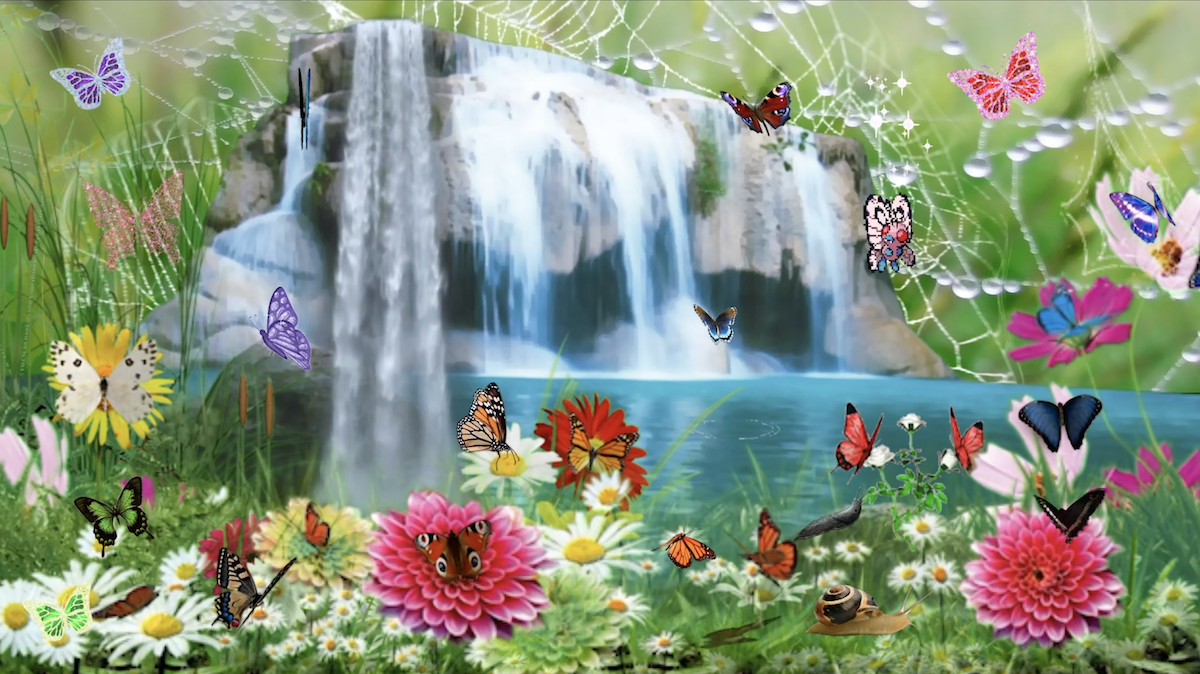
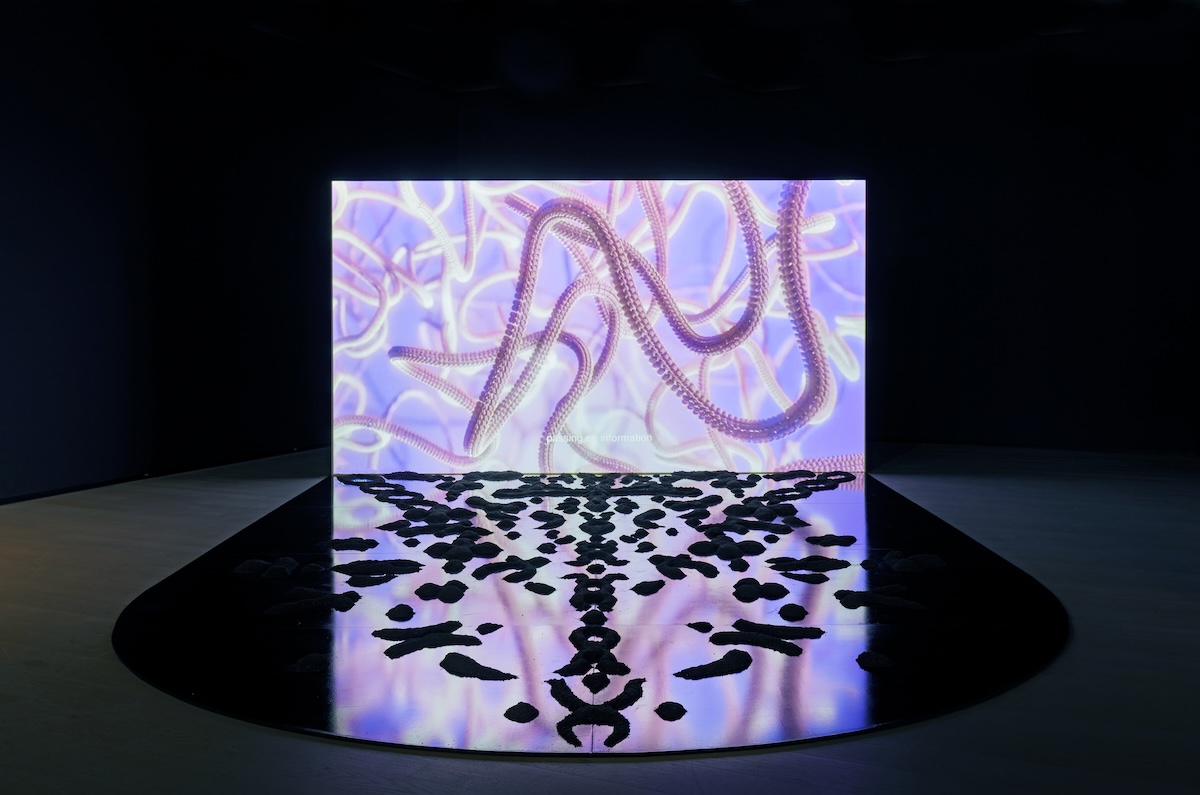
Lena-Kuzmich CHIMERA, 2022, animation film and installation 9:30min. Sound Design by Leonard Prochazka. Graphic Design by Winona Hudcová
Despite the excellence of the work by Di Liberto, Calmettes, Malekoff, and the other artists, it was the Austrian Lena Kuzmich who best surmised the central themes of Sacro è. In their video installation, Chimera (2022), Kuzmich examines queer ecology and nonbinary life within nature, questioning what defines humans as a species. As the video came to a close, bold, all capitalized letters flashed across a screen in the Fondazione Merz’s basement: LIVE LOVE FUCK DECAY TRANSCEND. Pasolini, one imagines, might just approve.
Sacro è, is open at the Fondazione Merz in Turin, Italy from the 18th of March to the 16th of June, 2024. Pasolini’s film Teorema (1968) will be screened in accordance with the exhibition in the Fondazione’s cinema room on the 23rd of March, the 18th of May and the 8th of June at 4pm, the 10th of April, the 8th of May and the 29th May at 5pm, and the 21st of April and the 16th of June at 11.30am.
